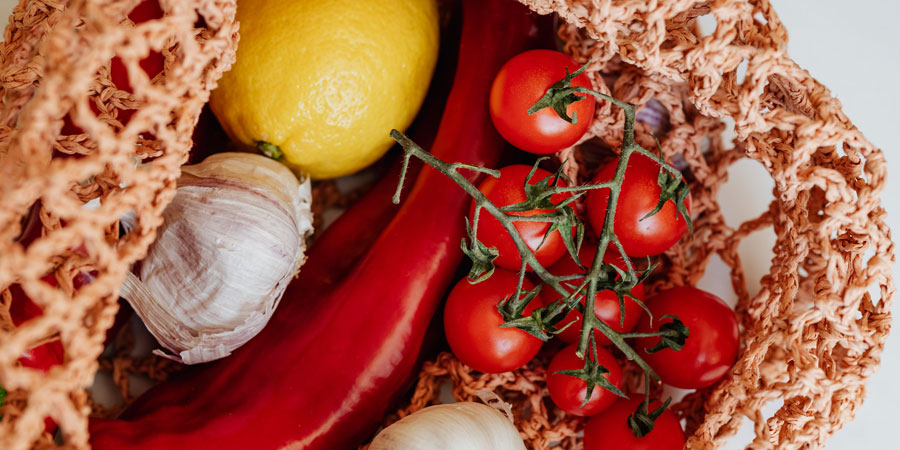
Tasty low-salt-meals.
When I went on a Christian pilgrimage with a group of people a few years ago, I couldn’t help but notice that almost everyone had a little container of pepper- the type we call yaji – that is eaten together with suya. Suya is roasted meat that is eaten with ground pepper. Now, yaji is not just pepper, it is mixed with other spices and in some cases ground roasted groundnuts and of course salt. Yaji alone can be used to season food without adding seasoning cubes or any other spices.
Back to my story. Whenever we went to the banquet hall, fellow pilgrims would taste the meals and turn up their nostrils, stating that the meals were tasteless and they didn’t like them. Some people wouldn’t even taste the food before they sprinkled yaji on the food. Some also had seasoning powder and salt with them. And some were always willing to share with first-timers who didn’t know how tasteless the meals were and therefore didn’t go along with extra salt or seasoning.
If you want to go on a low-salt diet, adding extra table salt should be forbidden for you. No matter how tasteless you feel the food is, avoid adding salt in any form at the dining table. Whether table salt, pink salt, seasoning cubes, powder, or liquid solutions.
You’ve probably heard that a low salt diet is a must if you are hypertensive or have a family member who is, for this places you at risk of having high BP as well. Being on a low-salt-diet is to reduce your risk and better control your BP. But the question is how do you reduce your salt intake and still enjoy your meals. How can meal without salt still be palatable enough for your consumption. This feels like punishment right?
You can’t replace salt with seasoning cubes or powder. That’s like replacing sugar cubes with granulated sugar; it is still sugar.
Here are 5 things you can do to cut down your salt intake.
- Avoid adding table salt or sprinkling it on fries and plantain.
- Eat home-cooked foods only. Pack your lunch to work and avoid buying food during lunch hours.
- Add half of your usual portion of salt. Your taste buds will eventually adjust to that.
- Avoid sprinkling salt on fruits such as paw-paw. When you wash your fruits and vegetables with salt water, always wash the second time with clean fresh water.
- Do not put salt in your boiled white rice. There is salt in your stew or sauce, hence you can do without it in the rice.
Once you can do these, you have significantly cut down your daily salt intake. This however does not replace your anti-hypertensive medications. It may help reduce the dosage of drugs you need to control your blood pressure.

Thank you Twicsy. I started about 3 months ago.